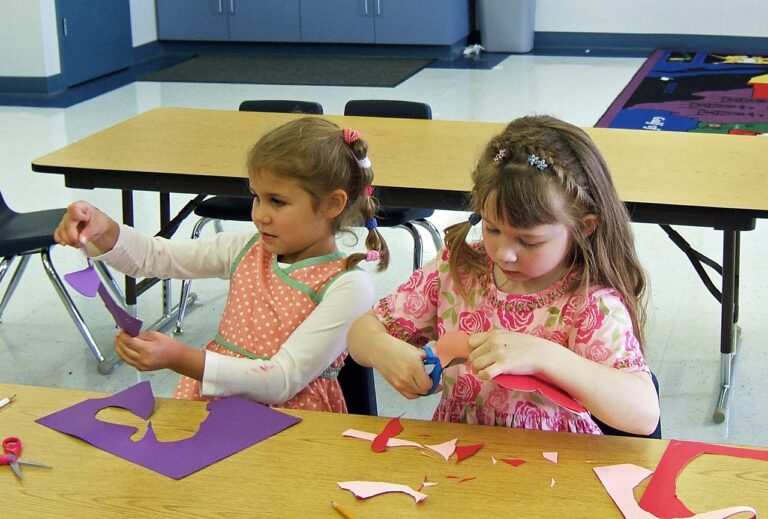Education and Virtual Labs: A New Way to Learn
Virtual labs have revolutionized the way students engage with scientific concepts and practical experiments. By providing a simulated environment that mimics real-world scenarios, virtual labs offer a cost-effective and accessible alternative to traditional hands-on learning experiences. Students can conduct experiments, make observations, and analyze results in a safe and controlled virtual setting, without the need for expensive equipment or specialized facilities.
This method of learning not only enhances accessibility but also promotes student engagement and critical thinking skills. Virtual labs allow students to repeat experiments, adjust variables, and explore different outcomes, fostering a deeper understanding of the scientific principles at play. Additionally, virtual labs can accommodate a larger number of students simultaneously, promoting collaboration and teamwork in problem-solving activities.
Enhancing Hands-On Learning Through Virtual Labs
Virtual labs have revolutionized education by providing students with the opportunity to engage in hands-on learning experiences in a digital environment. Through these virtual simulations, learners can perform experiments, manipulate variables, and observe outcomes just as they would in a physical laboratory setting. This interactive approach not only enhances students’ understanding of complex concepts but also fosters a sense of curiosity and exploration in the learning process.
One of the key advantages of virtual labs is their accessibility and flexibility. Students can access virtual experiments from anywhere, at any time, without the constraints of a traditional physical lab setting. This not only saves time and resources but also allows for repeated practice and experimentation, enabling students to grasp concepts more effectively. By bridging the gap between theory and practical application, virtual labs play a crucial role in enhancing hands-on learning experiences for students of all levels.
What are virtual labs?
Virtual labs are online platforms that simulate physical laboratory experiments for educational purposes.
What are the benefits of using virtual labs in education?
Virtual labs allow students to conduct experiments in a safe and controlled environment, save time and resources, provide access to a wider range of experiments, and promote independent learning.
How can virtual labs enhance hands-on learning?
Virtual labs provide students with the opportunity to practice and apply theoretical knowledge in a realistic laboratory setting, improving their understanding of concepts and enhancing their practical skills.
Can virtual labs replace traditional hands-on experiments?
While virtual labs can supplement traditional hands-on experiments, they cannot completely replace the experience of conducting experiments in a physical laboratory.
Are virtual labs accessible to all students?
Virtual labs can be accessed from anywhere with an internet connection, making them accessible to a wide range of students regardless of their location or resources.
How can educators incorporate virtual labs into their teaching?
Educators can assign virtual lab activities as homework or in-class assignments, provide guidance and feedback to students, and use virtual labs to reinforce classroom learning.





